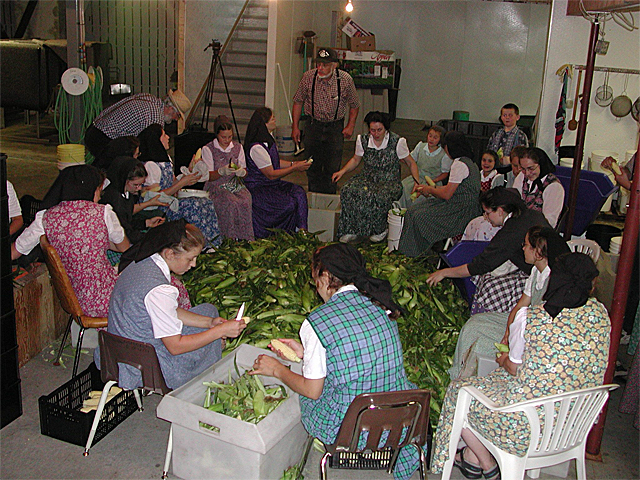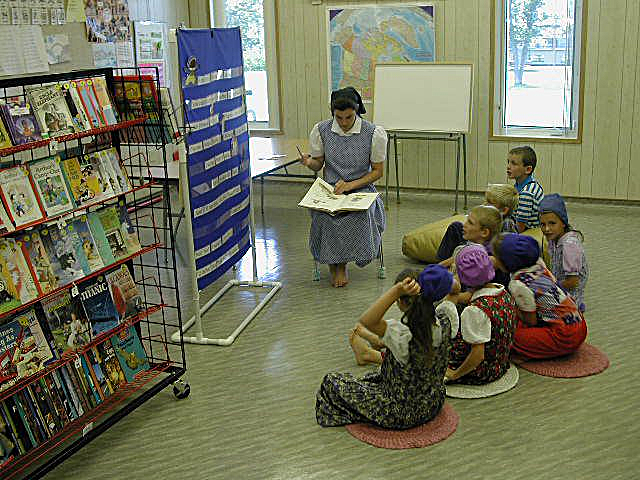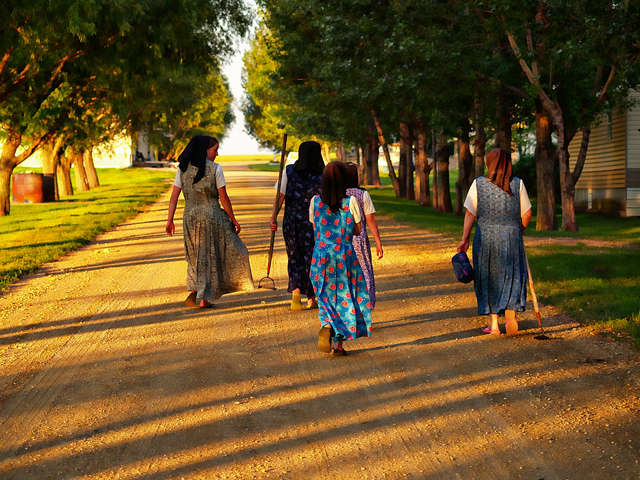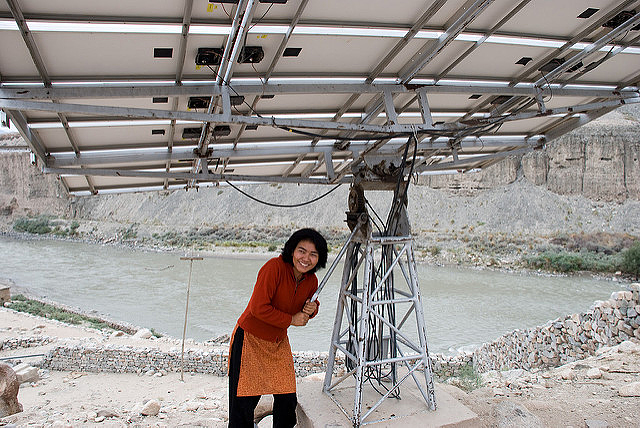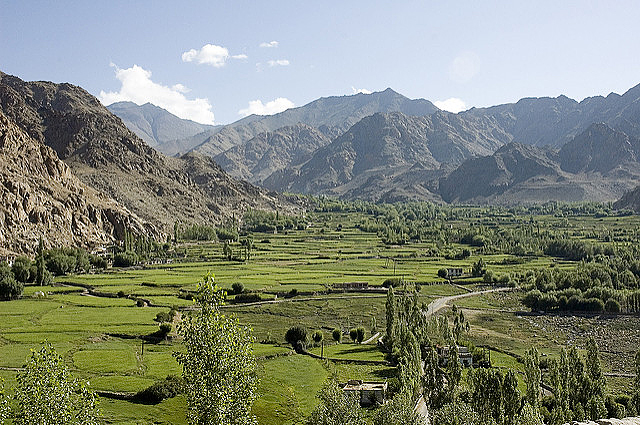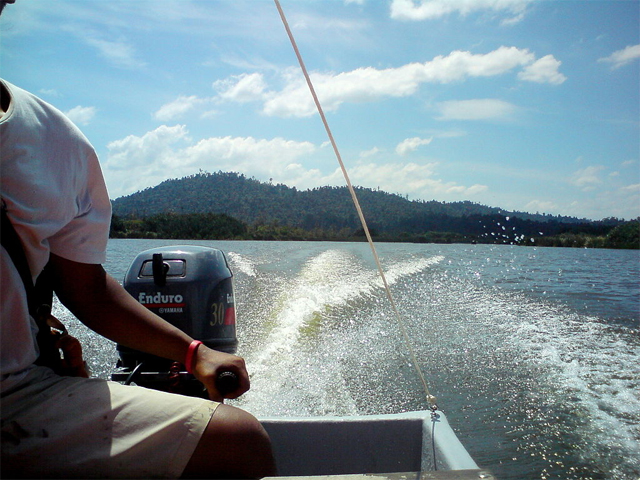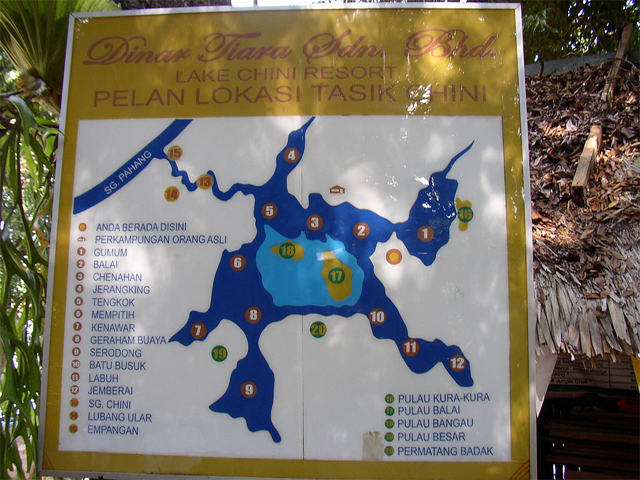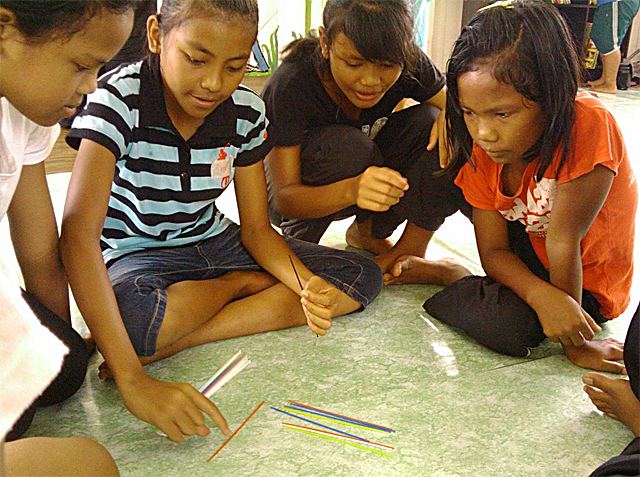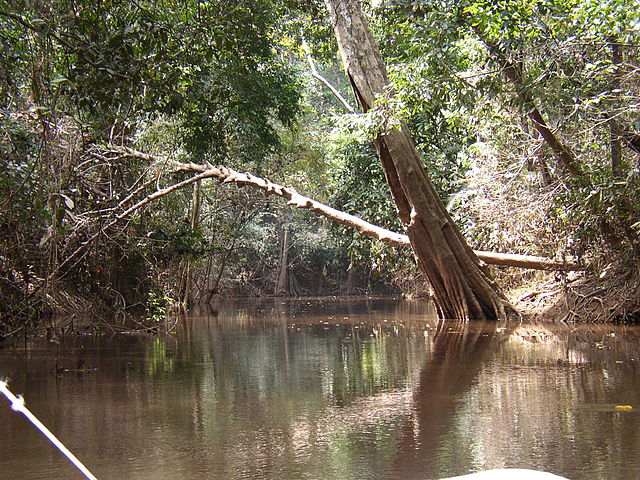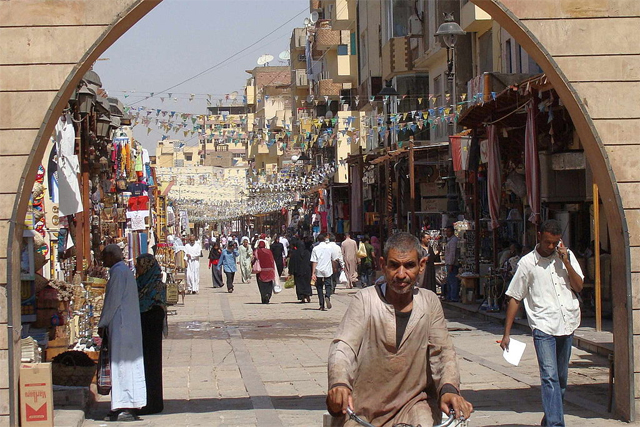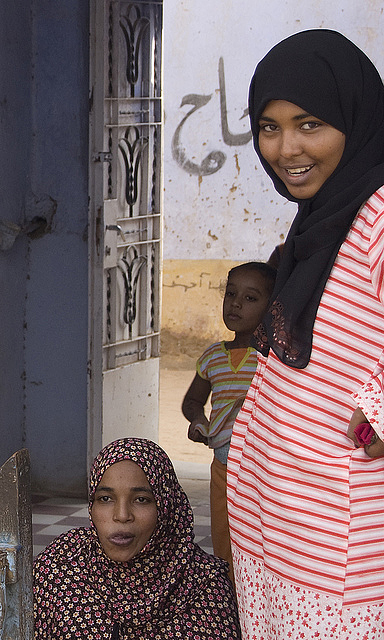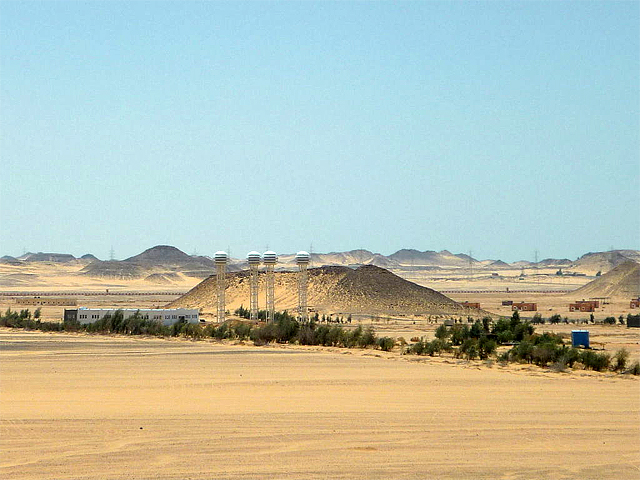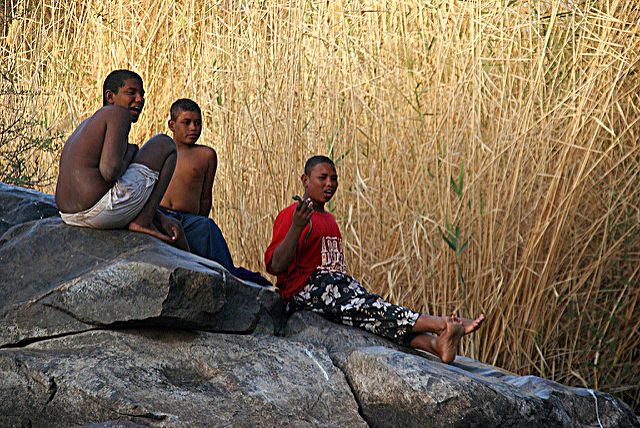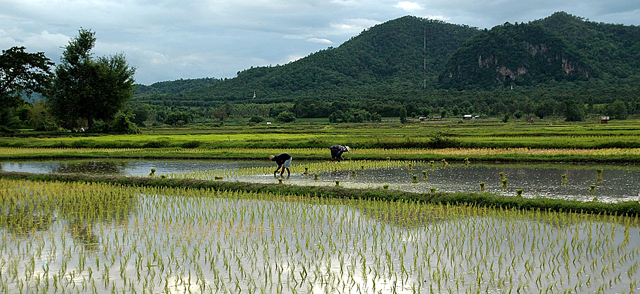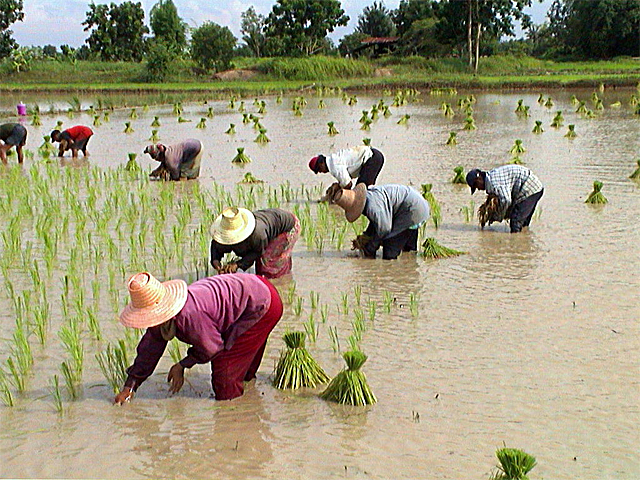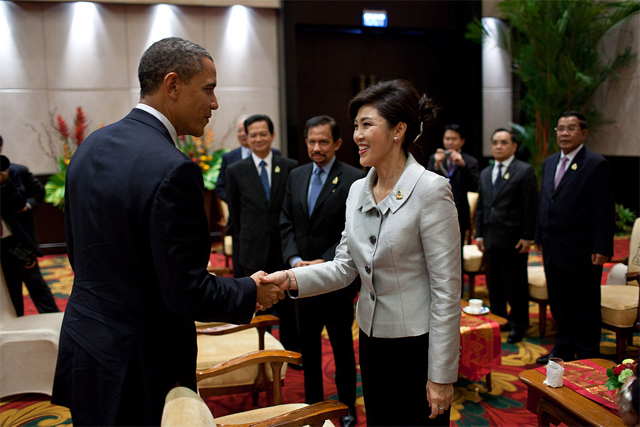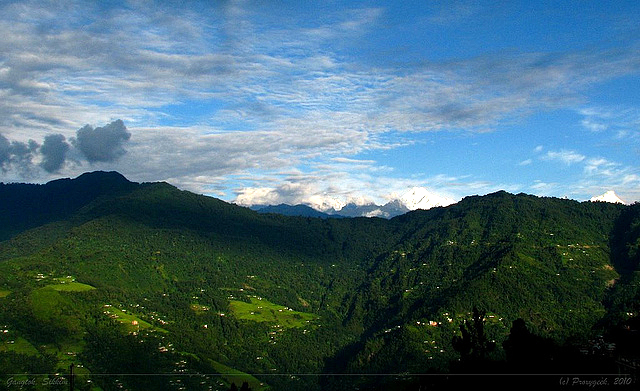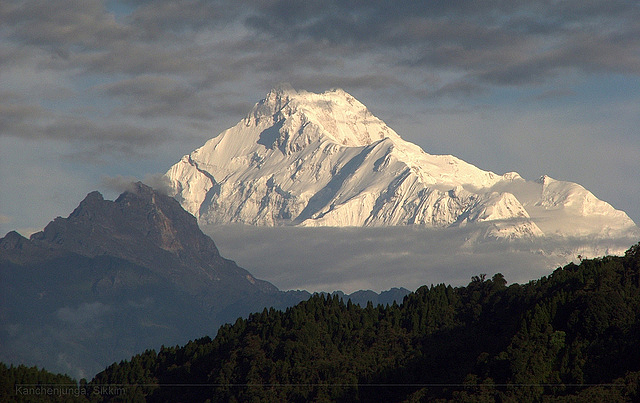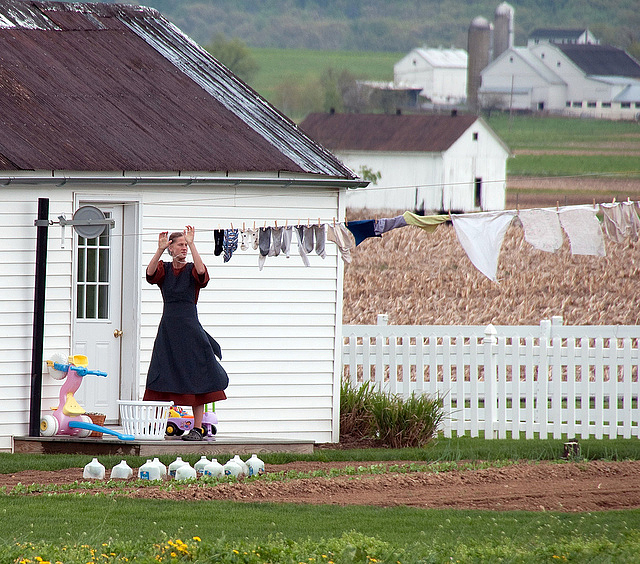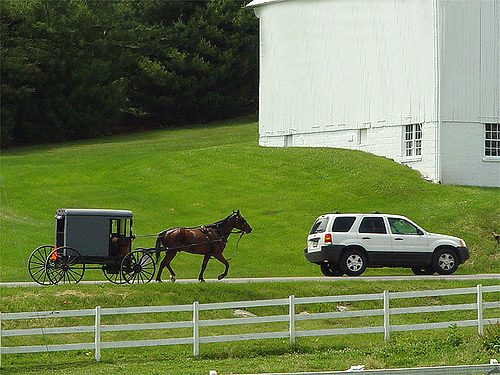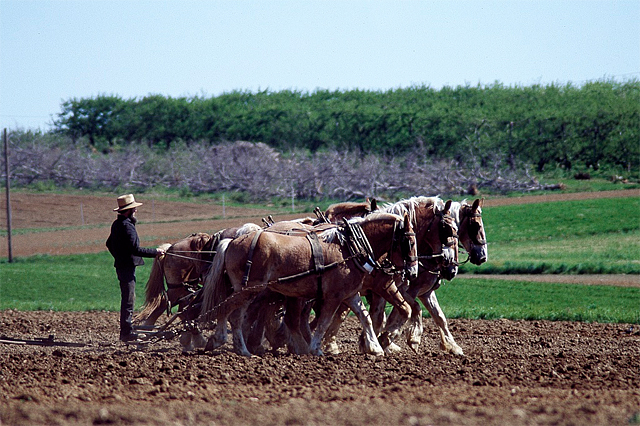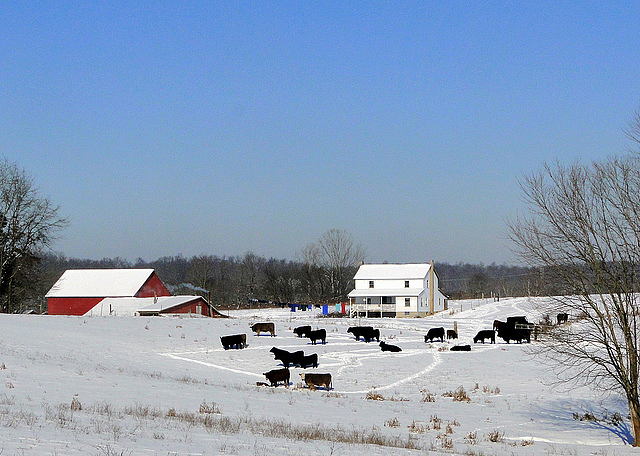The Scotsman published a news story on December 3 about a young Tristan Islander who has enrolled in a dental nursing program at the University of Dundee. The daily Scottish newspaper wrote that faculty and staff members in the School of Dentistry at Dundee warmly welcomed Michelle Green from Tristan into their program. For over 20 years it has been involved with providing dental care for the people of Tristan da Cunha.

In 1995, Dr. Chris Southwick, who had worked at the Dundee Dental Hospital, saw an advertisement seeking a dentist to travel to Tristan. He was interested in going, so he put together a team, including a nurse and a technician, and they made the long trip—1,500 miles by boat west of Cape Town. They were able to stay 12 days on the island. Tristan has no airstrip, so the only way to get there is via the sporadic ships that call at the small settlement.
During their stay, the team worked frantically on a wide range of dental problems with the Islanders, from fitting dentures to pulling teeth. But they loved it, according to Dr. Southwick. “We had to squeeze everyone in during the time we had available, but it was made much easier by the fact that the people were so lovely and welcomed us with open arms,” he told The Scotsman.
Since that beginning, according to a news release about Ms. Green from the university, the School of Dentistry and the Islanders have developed strong links. Doctors who have graduated from the dental program, as well as dental nurses and technicians, have repeatedly gone to the island to provide dental care. Penelope Grainger, the current Tristan dentist and a Dundee graduate, has traveled their annually for five years. Dr. Grainger will be the head of the first dental suite which will soon be acquired by the island.

Professor Pete Mossey at the dental school has provided advice to the islanders over the years and he helped facilitate the trip by Ms. Green to Dundee for her dental nurse training. “It is such a delight to have Michelle here in Dundee,” he said. “She has a fantastic attitude towards this opportunity and is making the most of it, both professionally and personally.”
The 22-year old told the newspaper that her 6,495 mile trip to Scotland represented only the second time she had left her home community. The first occurred as a six-year old when she was part of a family trip to South Africa. Her parents, grandparents, and many other relatives live on Tristan, to which she will return after she completes her dental nursing courses in April. She said, “I was really nervous and scared about making the trip to Dundee, it’s a lot bigger than what I’m used to.” Dundee is a small city on the east coast of Scotland with nearly 150,000 inhabitants while Tristan da Cunha currently has 267 residents.
Green expressed optimism about her program. “I’m here to learn everything I can about dental work, from children to dentures,” she said.
